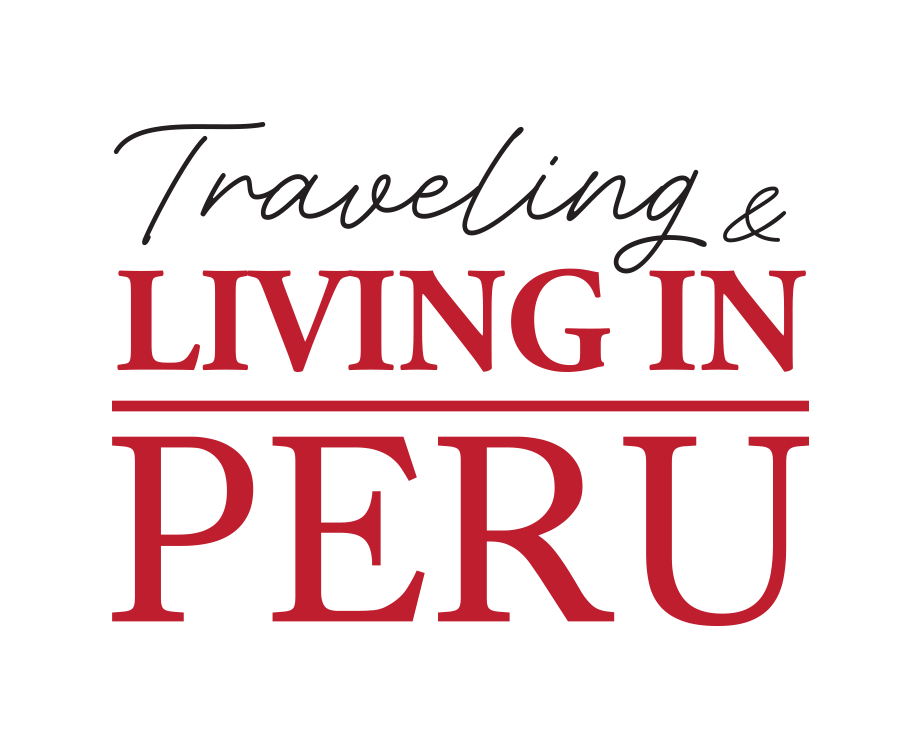It behooves us all to take pause and consider whether the high expectations for a gigantic Lithium deposit are real, or whether it was all a means to get the country to overturn its long-standing position and allow the extraction, processing, and transport of a radioactive substance in the beautiful highlands of Puno. Even if all of it is real, is it worth it?
An incredible find?
When I heard the news that a Canadian mining company had found “the biggest Lithium deposit in the world” in Peru, my immediate reaction was to say “Incredible!” Now, after having researched the subject, finding information about the company and learning more about Lithium, I can’t help but think “yes, it really IS incredible…”
A red flag came up early on, when the company making the announcement turned out to be a Canadian Uranium mining company, Macusani Yellowcake, and the alleged Lithium find just happened to be at the site of a Uranium deposit it long had the title for, but was unable to extract, because Peru’s legislation does not allow Uranium mining. What’s more, the company was reportedly now saying that this newfound giant Lithium deposit happens to be mixed with Uranium. This means that Peru would have to change its laws and allow the company to mine Uranium if it wanted access to such unprecedented Lithium riches.
The case against Uranium mining

There are very good environmental and human health reasons for not allowing Uranium mining: it produces highly dangerous pollution, including radioactive dust that finds its way into soil and water. What’s more, the tailings normally sit in ponds and areas that must become “no go zones,” requiring both security and maintenance in perpetuity–literally.
Who ends up paying in perpetuity (in more ways than one)?
Even the most stable governments don’t last forever, much less a company, its shareholders or its executives. Uranium mining produces profits for some years for some people, mainly people abroad, while leaving behind costs and dangers for generations to come.
It’s also worth noting that the Peruvian government is currently looking for international assistance to deal with 9,000 sites polluted with toxic mining waste. It would be reckless to add to that collection a type of toxic, mutagenic pollution that even the most developed countries are unable to safely dispose of.
But what happened to the Lithium find?
Another red flag appeared when I was unable to find any mention of “the world’s biggest Lithium find” in any Canadian media, not even trade publications. English speaking media seemed to be surprisingly unaware of what should be a truly fantastic piece of good news. After all, Lithium is in very high demand for advanced tech and super-efficient batteries, with very, very few significant supply sites in the world.
In contrast to the very upbeat reports in Peruvian media, the only English media report found was a Reuters business news service article originating in Lima. Far from calling it the world’s largest deposit, the company spokesperson reportedly said that extracting the Lithium might not be commercially viable! And yet, legislation to allow Uranium extraction on the belief that it’s necessary for getting to the Lithium is making its way through government.
The business

More red flags started appearing while researching the business involved. Its name, “Macusani Yellowcake,” immediately evokes Uranium, not Lithium –yellowcake is, after all, the name usually given to refined Uranium ore.
Indeed, at the time Peru was processing the idea of being a Lithium super-producer, the information on the Toronto-based parent company’s own website and the mining trade publications listing it made it quite clear that this was a company dedicated to extracting Uranium. It boasted the Uranium deposit in Macusani, the recent recruitment of an executive from Cameco (a Canadian company specialized in Uranium mining), and its CEO appeared on a video posted on the company website titled “I’m as bullish as ever on Uranium.”
The website mentioned the resource-friendly Peruvian environment and the site’s closeness to an inter-oceanic highway as an advantage. Interestingly, the company’s name seems to have evolved in Canada: from Macusani Yellowcake to Plateau Uranium; more recently, now claiming an interest in Lithium with its many uses in efficient energy storage, it’s called Plateau Energy Metals. With this new name, even if no Lithium ever comes out of the site, no one can accuse the company of having a deceitful name. Uranium is, after all, still used for generating energy, even if the appetite for nuclear power is dwindling due to its incredible cost, as well as a still unsolved legacy of lethally radiotoxic waste.
The company’s website now touts Lithium as one of its projects in Puno, with a page full of interesting charts and figures, and a comparable page on its Uranium deposits that suggest the latter are close to production. A remarkable contrast between the two pages is that the Lithium one ends with a 37-line disclaimer describing much of the information as “forward-looking” and noting that “Actual events or results may differ materially from those projected in the forward-looking statements and Plateau cautions against placing undue reliance thereon,” while the Uranium page has no such disclaimers.
Which mineral, what benefit?

In researching Lithium deposits around the world, including specialized publications and talking with geologists, I did not find or hear of a single case of proven Lithium deposits mingling with Uranium ones. They are, after all, the lightest and the heaviest of metals, respectively, and are concentrated in very different rocks.
Extracting Lithium, if done responsibly, and processing it as far down the consumer end-state as possible, could certainly bring great benefits to Peru. That is why news that the country has the largest deposit in the world would obviously stir great enthusiasm, with hopes of large investments and benefits. A “small detail” such as having it entangled with Uranium deposits might even be overlooked, allowing mining of the radioactive mineral.
Indeed, there is already a bill (“proyecto de ley”) making its way through the legislative process, to enable Uranium extraction. After all, we must not get in the way of Lithium, right? Alas, the only thing we know with certainty is that there’s Uranium in them hills, and the interested business has long been keen on mining Uranium.
So it’s hard to keep from wondering if there really is Lithium – any amount, never mind giant deposits, which would justify and make its mining “economically viable.”
Putting many innocent people at risk
Then again, if there really is Lithium and its mining requires extracting Uranium, such an operation could well poison workers and residents wherever radioactive dust and tailings the wind and water might take them. Uranium mining elsewhere has created sites that remain lethally radiotoxic, at least in human timeframes, forever. Such a thing would represent a perpetually accumulating cost and risk for the country, long after any existing Lithium operation were to end.
The real cost of all things nuclear, starting with its source materials’ production, is only beginning to sink in around the world as local and national governments struggle to cope with legacy sites and pollution that no business interests could outlast.
YOU MIGHT ALSO LIKE
ILLEGAL MINING IN PERU’S MADRE DE DIOS (VIDEO)
12 MINING PROJECTS WILL START THIS YEAR IN PERU
PERU CANCELS THE MINING CONCESSION ON THE FAMOUS MOUNTAIN OF THE SEVEN COLORS
Cover Photo: Juan Pedro Unger

